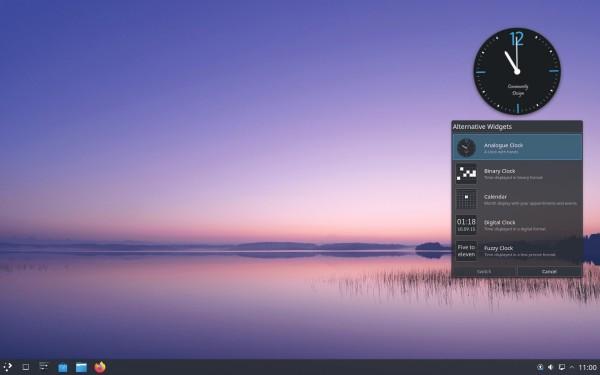KDE’s Plasma desktop environment, once considered something of a resource hog, has more features than ever and is Linux’s most configurable desktop, yet it’s as easy on resources as relatively lightweight desktops such as Xfce.
Over the two-and-a-half decades of its existence, KDE has gone from being a single desktop which aimed to provide a consistent, friendly interface to become an entire family of associated software. These days it is a hub for several related projects, which include the popular KDE Plasma desktop environment, the Plasma Mobile interface for handheld devices, and a large collection of desktop applications. These applications range from simple text editors to messaging clients, from development tools to a file manager, and from video editing software to a web browser. It’s quite large collection of powerful, cross-platform utilities.
One of the best ways to become familiar with KDE software, particularly the latest versions coming out of the KDE project, is to run a Linux distribution called KDE Neon (officially presented as “KDE neon”). The KDE Neon project publishes regular updates which feature Ubuntu as the core operating system with the latest version of the KDE Plasma desktop running on top.
But KDE desktop also gets bundled as a standard desktop variation on many other distros such as Ubuntu (Kubuntu), openSUSE, Alt Workstation K, Fedora, Manjaro, ROSA Desktop, etc. In fact, I think I discovered KDE on Ubuntu, and then stuck with KDE as I moved to Linux Mint, and finally to Manjaro (my desktop look and feel was the same across all of them).
See https://fossforce.com/2023/02/kde-plasma-full-featured-desktop-thats-surprisingly-easy-on-resources/
#technology #Linux #opensource #KDE

